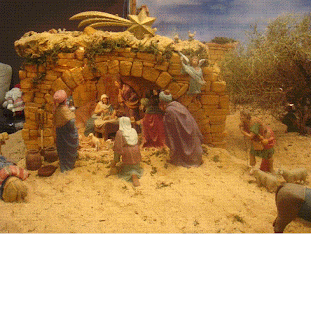On 22nd December, Draw Christmas Lottery
The festivities begin on December 22, this day begins the Christmas holidays in institutes and schools, and it’s an important day because we celebrate the Lottery Draw Christmas. This lottery, the largest in Spain, it’s a tradition practiced by many people, who hope to win millions of Euros. Since 1763, under the reign of Charles III, this lottery draw had been done without missing even a year. It is the beginning of Christmas.
On 24th December, Christmas Eve
In Spain, as in many parts of the world, a tradition practiced very typical of this day; make a special dinner with the family. There are a wide variety of typical foods eaten that day and other holidays of Christmas and of course that in each region different dishes prepared. To drink, take a glass of cava, Spanish wine like French champagne.
On 25th December, the Christmas Day
On Christmas Day is often also a family meal.
On 28th December, the Day of the Innocents
On 28th December is a holiday in Spain, is the Day of the Innocents. This festival has its roots in a very bloody event, but nowadays the custom is to make a joke to friends or family to laugh and play with people. On this day, many people get confused because the papers publish news absurd or incredible, but everyone accepts the banter.
On 31st December, New Year's Eve
Of course, the celebrations of 31 December or New Year's Eve in Spain is a spectacular sight. In all the squares of Spanish cities, you can see a similar scene, and the protagonists are grapes and bells. When the clock strikes 12, the bells ring 12 times; all Spanish eat 12 grapes, one for each toll of the bell. According to tradition, those who eat the grapes will have 12 months of prosperity during the coming year. Family and friends stay together for this celebration marking the end of one year and the beginning of another, and in the case of the Spanish, is very common to hold the party until the wee hours of the morning.
Pablo F.











